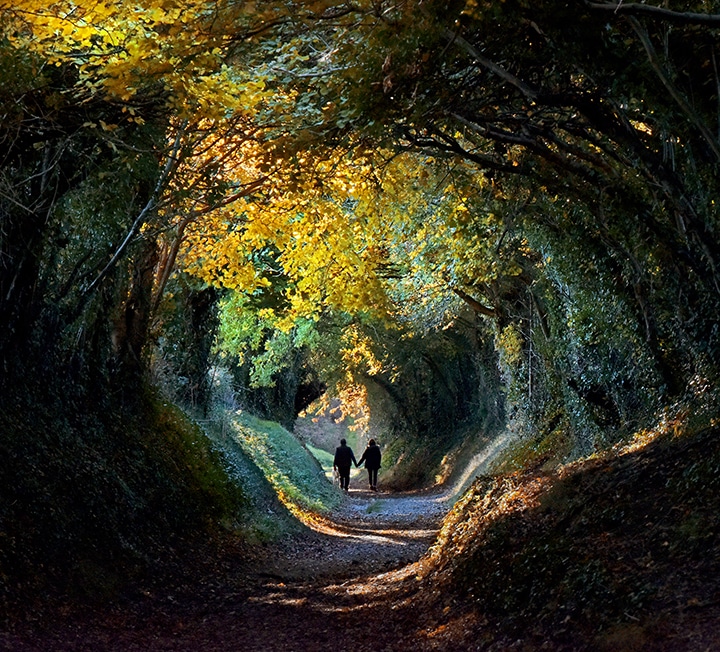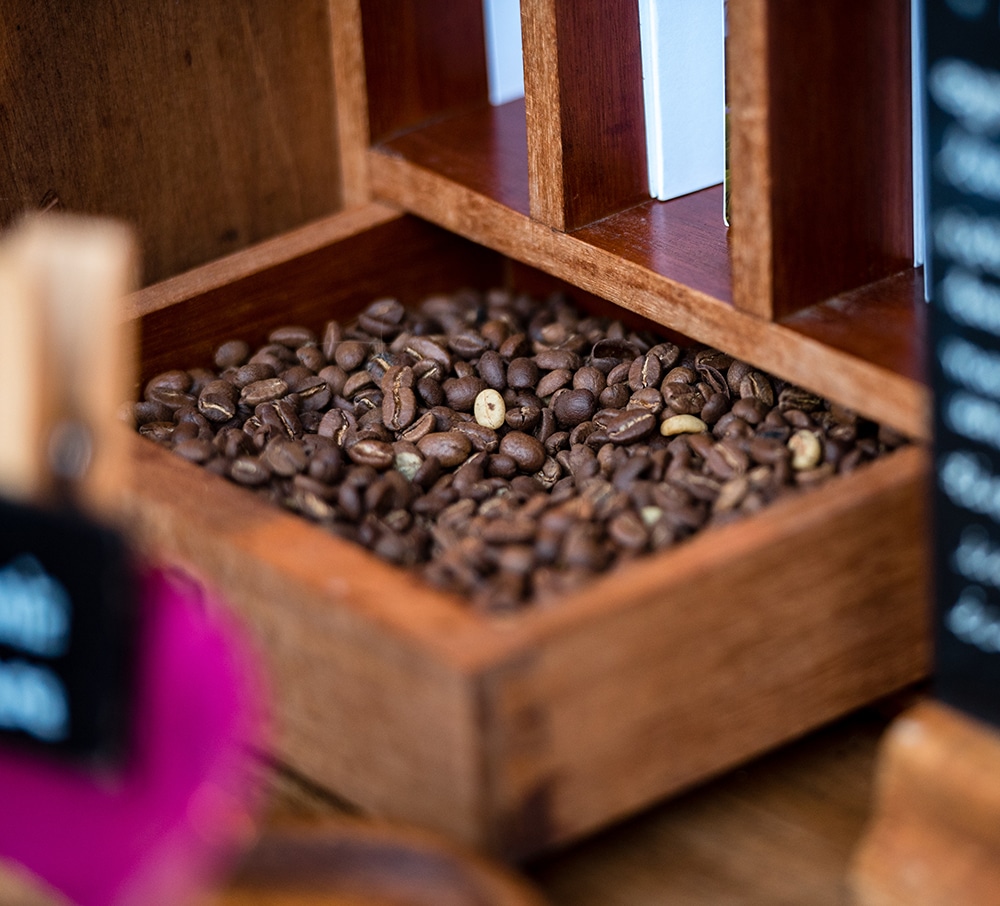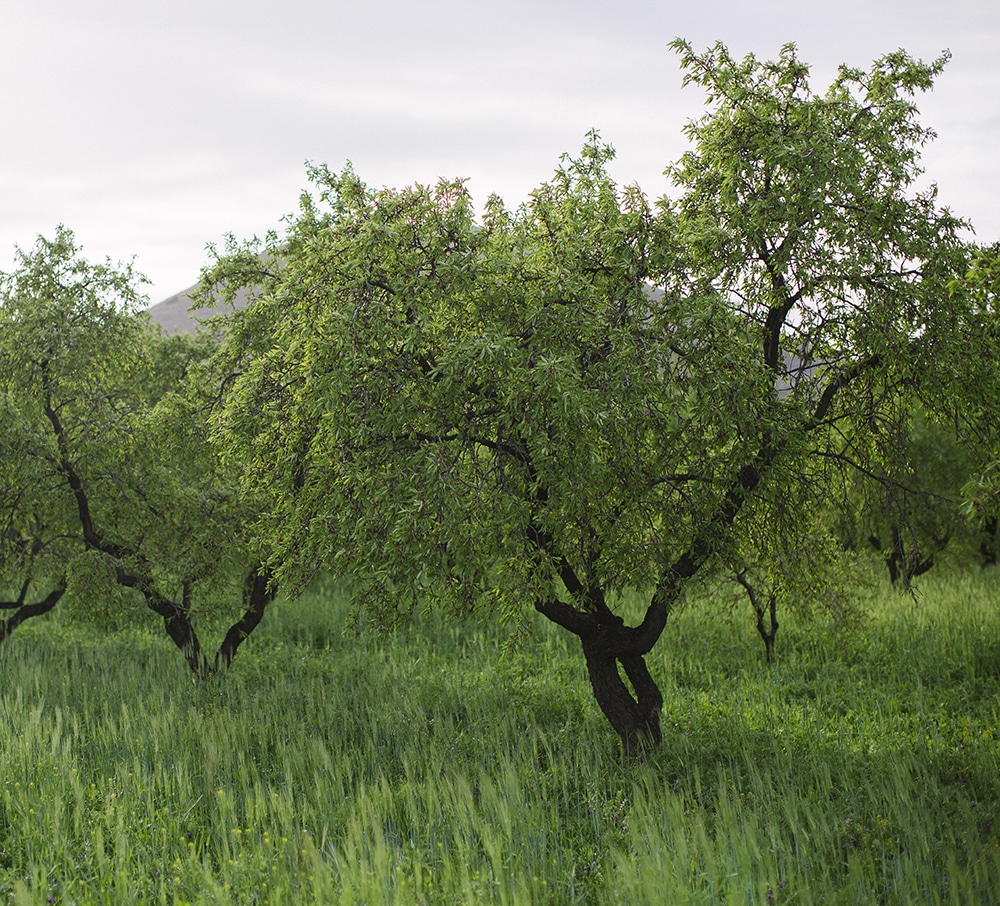Only connect
Food writer Gill Meller on why, at a time when connecting digitally has become second nature, we should take the time to engage more directly with people and nature


“IF TREES CAN BE SO CONNECTED TO THEIR ENVIRONMENT AND THEIR COMMUNITIES, SO, SURELY, CAN WE”
It’s entirely normal to be connected these days – it has become an integral part of the way we live. Most of us are connected to everything all of the time, and the more connected we become the more desperately we feel the need to connect.
This is quite different to the way things used to be. Much of what we now do, we do without even moving. From a table at home, we can work and shop and make friends. We can even do it from a plane or from a train. It now takes little more than a few taps or a couple of clicks to fill the fridge or put a meal in front of our children.
These days it doesn’t matter if someone we love is on the other side of the world, they can still be in our kitchen in pixels. We can send any amount of information to anywhere, instantly, and if we want or need something, at any time, anything at all, we can get it, just like that. Sometimes, when I stop and think about this it scares me.
In light of all this connectivity, isn’t it strange how disconnected we can be from some of the other things we used to have in our lives? Like the ocean, like the honeybee, like our woodlands, like the seasons, like our communities.
In the spring, sugary sweet sap rises from the roots of trees towards their limbs. Eventually it finds its way through the more delicate branches to the young buds. The sap gives the buds life. It’s possible to tap the sap from some trees to make a delicious wine. Tapping sap has been done for thousands and thousands of years. Amusingly, when you type ‘sap’ into a search engine it takes you to a software company.
I only mention the trees because I love them, they are a miracle, and in terms of connectivity they lead the way. Did you know trees are able to communicate with one another, as well as other plants, through an intricate subterranean lattice of mycelium into which their roots connect? Mind blown, every time. They also provide us with delicious fruit and nuts and, most importantly, oxygen. If trees can be so thoroughly and productively connected to their environment and their communities, so, surely, can we.
One of the best ways to really engage with the place in which you live (apart from hugging trees) is to shop locally and cook seasonally. I know it sounds simple, but it’s true. The choices we make when we buy and make food can have genuinely positive effects on us as people and on the world around us.
Adopting a more mindful approach to food can end up connecting us in ways we hadn’t thought possible. Some of my closest friends, I’ve met through food. I’ve got to know the beautiful landscape that I live in and found myself closer to a community of people who work really hard within it to make a living, growing food in an ethical, sustainable and respectful way. It’s opened my eyes to the seasons, how they change so gracefully, and what that means to the people whose lives are hardwired into them. The good news is that our modern ways of doing things, of communicating, learning and sharing, can actually help us connect with the natural world and the amazing bounty it provides. Key the name of your local market into a search engine, and take it from there.


